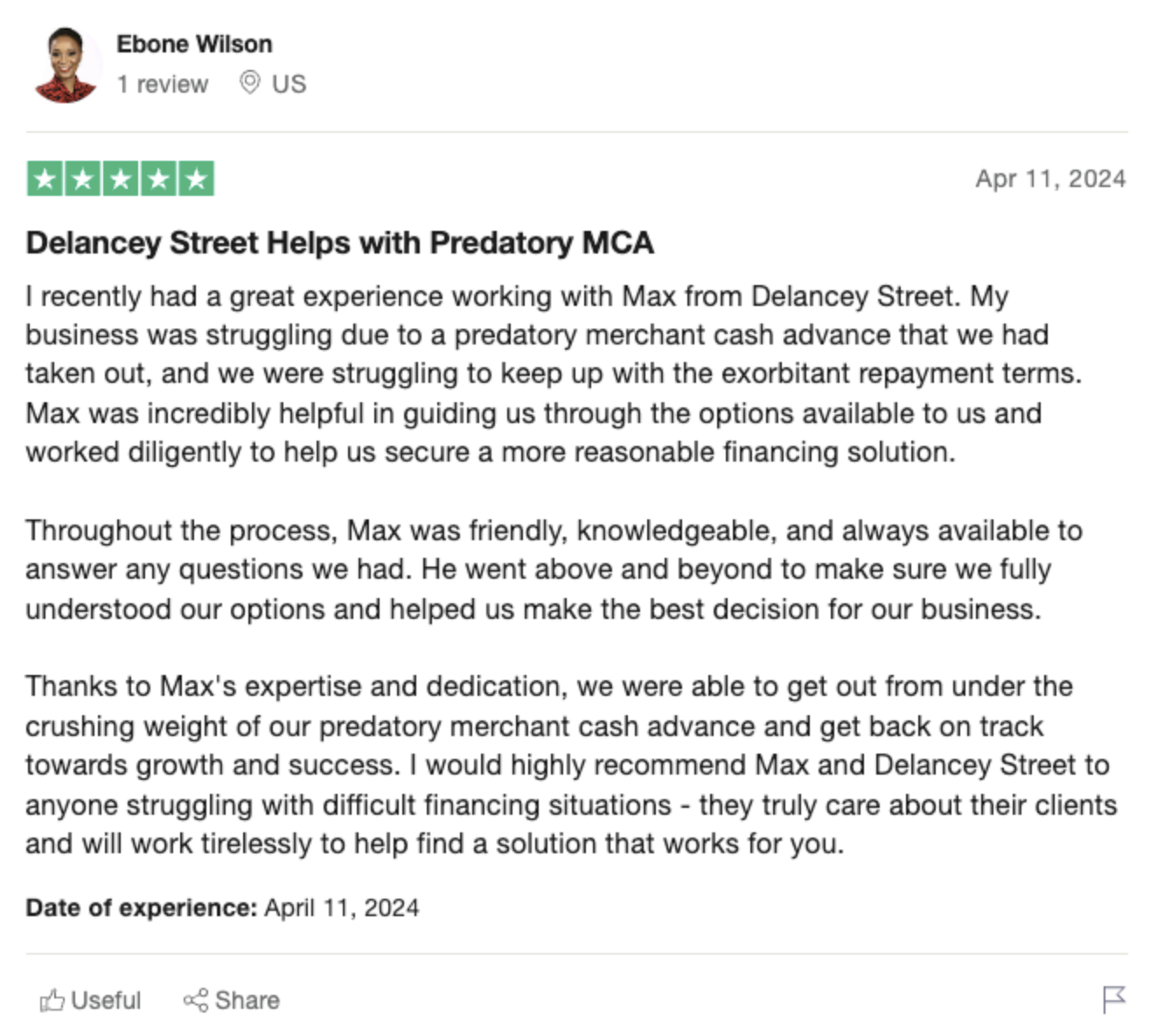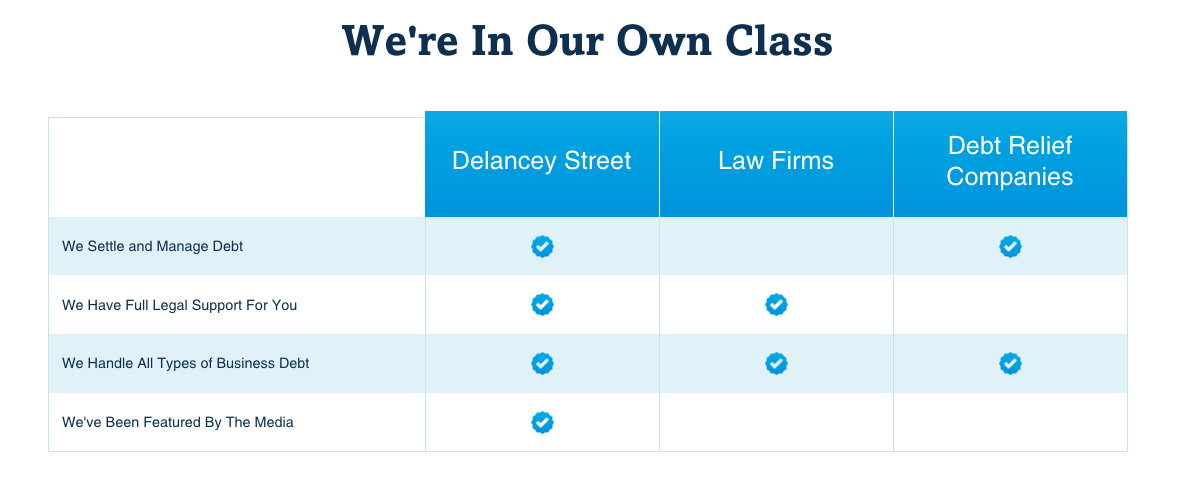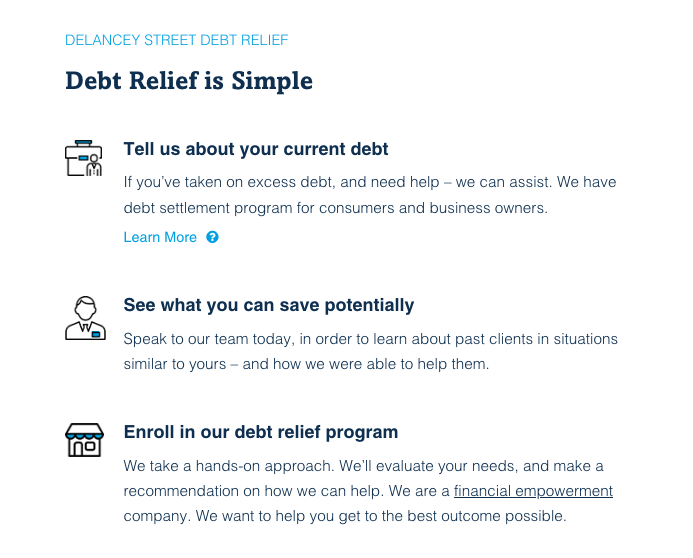Connecticut Unemployment Benefits
Navigating the turbulent waters of unemployment can be daunting, yet understanding the available support can turn challenges into opportunities. Connecticut’s Unemployment Benefits Program is designed to provide temporary financial assistance to jobless residents who meet certain eligibility criteria. This article delves deep into the specifics, delivering clarity on the process and benefits associated with this crucial safety net. From understanding the eligibility requirements to learning how to apply, maintain eligibility, and tackle common issues, this guide serves as your comprehensive resource. Let’s explore each aspect meticulously.
Overview of Connecticut Unemployment Benefits Program
Connecticut’s Unemployment Benefits Program is a state-administered service aiming to provide financial stability to residents who have lost work through no fault of their own. The program offers temporary monetary benefits to eligible individuals, supporting them as they seek new employment. These benefits are not a long-term solution but a short-term aid to bridge the gap between jobs, ensuring claimants can meet basic living expenses.
 -
-The program is a collaborative effort between state and federal governments, meaning it has a foundation in both state-specific regulations and broader federal guidelines. For instance, while the state manages and disburses the benefits, federal policies often influence eligibility criteria and benefit amounts. Knowing where these jurisdictions collide can help you understand the reasoning behind certain rules and regulations.
One significant aspect of the program is its adaptability during economic downturns. Connecticut’s unemployment system has mechanisms to extend and increase benefits during periods of high unemployment or economic crises, such as the COVID-19 pandemic. Understanding these potential shifts can provide critical foresight if you’re pursuing benefits during volatile times.
Additionally, the program offers various forms of assistance beyond direct financial aid. Resources for job training, career counseling, and job placement services are integral components, aimed at helping you transition seamlessly back into the workforce. Whether you’re refining your resume or seeking new skills, these resources can amplify your job search efforts.
Eligibility Criteria for Connecticut Unemployment
Eligibility for Connecticut unemployment benefits pivots on several key criteria, designed to ensure only qualified individuals receive aid. First, you must have lost your job through no fault of your own. This means layoffs and economic downturns qualify, but firing due to misconduct or voluntary resignation without good cause typically do not.
 -
-Secondly, you’ll need to have earned a certain amount of wages during a specific "base period"—usually the first four of the last five completed calendar quarters before you filed your claim. This metric helps determine your connection to the labor force and ensures that you’ve contributed to the unemployment insurance fund.
Residency is another critical factor. To be eligible, you must be a resident of Connecticut and must have worked in the state. Even if you’ve worked in multiple states, Connecticut’s program can accommodate interstate claims, but this will require coordination between state agencies. Understanding which state holds jurisdiction can affect your filing process.
Finally, your ability and availability to work are scrutinized. You must be physically and mentally able to take up new employment immediately and actively seeking work. This entails conducting a genuine and timely job search, and you must keep detailed records of your efforts. The state mandates this to avoid misallocation of resources and to encourage prompt reemployment.
| Eligibility Criteria | Description |
|---|---|
| Job Loss Reason | Must be through no fault of your own |
| Wage Requirement | Specific earning threshold in defined base period |
| State Residency | Must be a resident of Connecticut |
| Availability and Job Search | Must be able, available, and actively seeking work |
How to Apply for Unemployment Benefits in CT
Applying for unemployment benefits in Connecticut is a detailed but straightforward process. First, gather all necessary documentation, including your Social Security number, employment history for the past 18 months, gross earnings, and any separation documentation that explains your job loss. Having these details on hand will simplify the application procedure.
To initiate your claim, visit the Connecticut Department of Labor’s (DOL) online portal. You will be prompted to create an account and fill out an online form where you’ll provide the gathered information. Accuracy is paramount here—errors can delay your benefits. If online applications aren’t feasible for you, the Connecticut DOL also offers phone assistance for claims.
 -
-Once your claim is submitted, it undergoes a review process where the DOL cross-references your information with your employer(s). This validation ensures you meet all eligibility criteria and assists in calculating your benefit amount. During this stage, you may be asked to provide additional documentation, so keep an eye on any communications from the DOL.
Post-submission, you’ll receive a determination letter within a few weeks, outlining your eligibility, weekly benefit amount, and duration. If approved, begin your weekly certification process, which is necessary to continue receiving benefits. This involves logging into your account to confirm your ongoing eligibility and reporting your job search activities and any earnings.
Calculating Your Weekly Unemployment Benefit Amount
Determining your weekly benefit amount (WBA) hinges on a formula that considers your earnings during the base period and the state’s unemployment insurance regulations. The base period refers to the first four of the last five completed calendar quarters before filing your claim. This period helps outline your average weekly earnings, which serve as a foundation for your WBA.
 -
-Connecticut’s calculation method involves taking your highest quarter earnings during the base period and dividing them by 26. This quotient represents your benefit rate, subject to a maximum limit set by state law. As of 2023, the maximum weekly benefit amount is $706, with potential additional allowances for dependents.
Understanding potential deductions is crucial. Any part-time earnings or other income sources you report, such as pensions or severance pay, can affect your WBA. These amounts are typically subtracted from your calculated benefit. For accurate budgeting, factor in these variables to gauge your net benefit amount.
If traditionally calculating these figures seems daunting, Connecticut’s DOL offers an online benefits calculator. This user-friendly tool enables you to estimate your WBA by inputting your earnings data. While an official determination is always best, the calculator provides a helpful approximation, giving you a financial snapshot as you plan your next steps.
| Calculation Step | Description |
|---|---|
| Highest Quarter Earnings | Determine earnings in highest quarter |
| Divide by 26 | Calculate average weekly earnings |
| Dependent Allowances | Add any dependents’ allowances |
| Income Deductions | Subtract reported part-time earnings, pensions |
| Final WBA | Total after deductions and allowances |
Maintaining Eligibility During Unemployment Period
Once approved for benefits, ongoing eligibility maintenance is essential to continue receiving your weekly payments. This involves a series of weekly certifications where you report any income earned, job search activities, and any changes in personal circumstances that could affect your eligibility.
The weekly certification process is detailed but manageable. You must log into your DOL account each week to complete these certifications. This involves answering a series of questions about your job search efforts—often requiring specific details such as the names of the employers contacted, dates, and outcomes. Ensure your records are precise and up to date.
Active job search is non-negotiable but can encompass various activities like applying for jobs, attending interviews, and participating in job training programs. Your job search logs may be audited by the DOL to ensure compliance. Failure to demonstrate genuine effort can lead to disqualification from the benefits program.
Additionally, report any income earned during your unemployment period. Earnings from part-time work or freelance gigs must be disclosed and will be deducted from your benefit payment. Transparency is vital; misreporting could result in overpayment, leading to future repayment obligations or penalties.
Common Challenges and Solutions in CT Benefits System
The Connecticut unemployment benefits system, while designed to assist, can occasionally present challenges. One common issue is delayed payments, often due to processing backlogs or missing documentation. To mitigate this, double-check your application for completeness and accuracy before submission and respond promptly to any follow-up requests from the DOL.
Appeals are another challenging area. If your claim is denied, you have the right to appeal the decision. This process involves presenting additional information or clarifications during a hearing. Preparing for this can be stressful, but thoroughly understanding the reasons behind the denial can significantly bolster your case. Consider consulting with legal advisors if necessary.
Technology-related problems can also arise, such as difficulties with online filing or accessing your DOL account. In such cases, using alternative submission methods like phone services or visiting a DOL office in person can resolve these issues. Don’t hesitate to seek technical support from the Connecticut DOL’s helpdesk.
Lastly, managing overpayments can be perplexing. Overpayments occur when you receive more benefits than you’re entitled to, often due to reporting errors or changes in eligibility. When identified, overpayments must be repaid, possibly through deductions from future benefits or direct repayments. Proactive communication with the DOL can help resolve overpayment issues smoothly.
| Common Challenge | Solution |
|---|---|
| Delayed Payments | Double-check application, prompt response |
| Claim Denials | Understand reasons, prepare for appeal |
| Technical Issues | Use phone/in-person alternative methods |
| Overpayments | Proactive communication, repayment plans |
Understanding and navigating the Connecticut Unemployment Benefits Program can be challenging, but with the right information, you can manage the process more effectively. By familiarizing yourself with eligibility criteria, application processes, calculation methods, and maintenance of ongoing eligibility, you bolster your chances of a smooth experience. While challenges are inevitable, equipped with this comprehensive guide and a proactive mindset, you’re better prepared to handle the intricacies of the system. Should you encounter any obstacles, remember the myriad resources available to support you as you transition back into the workforce.







